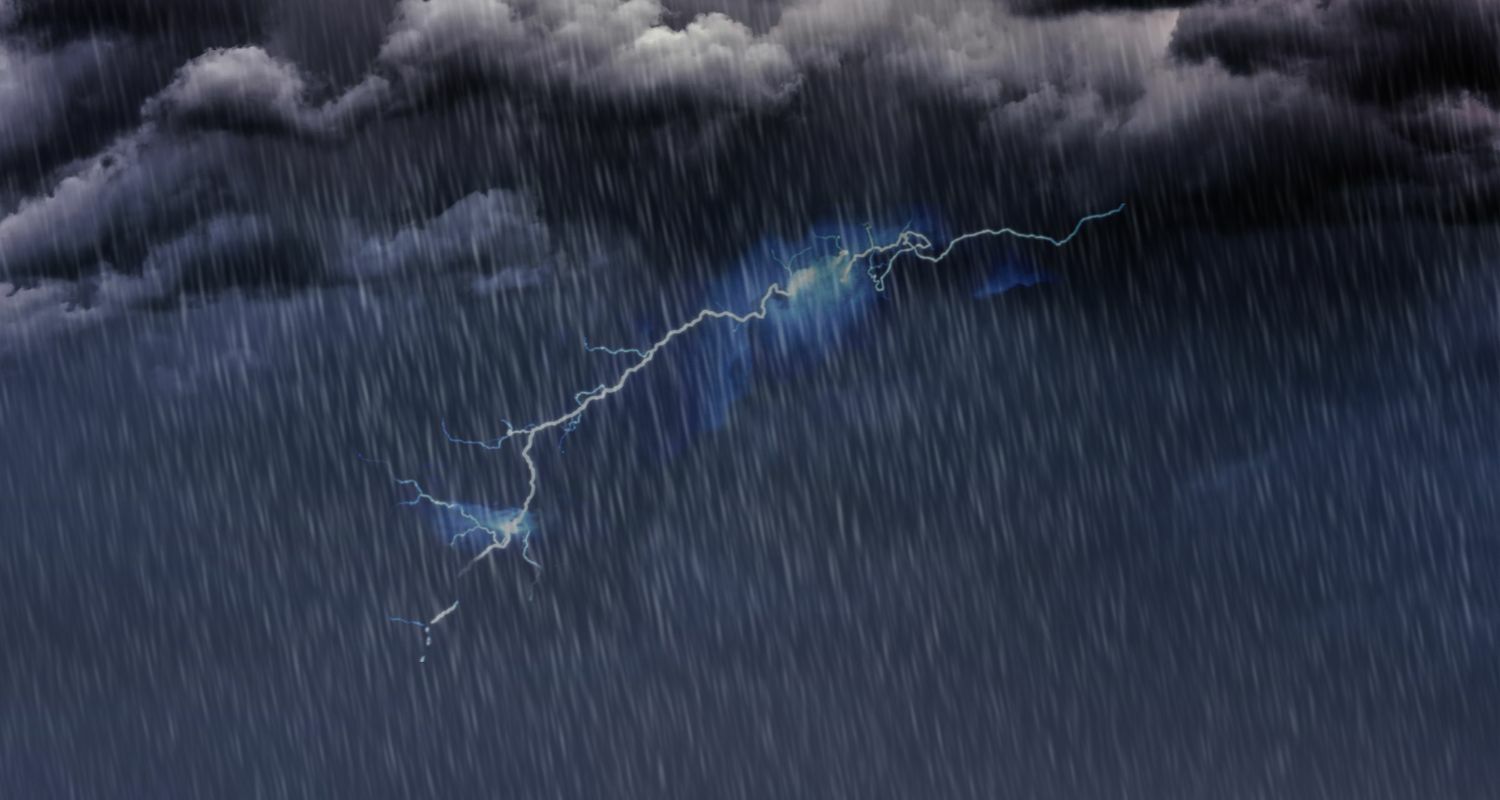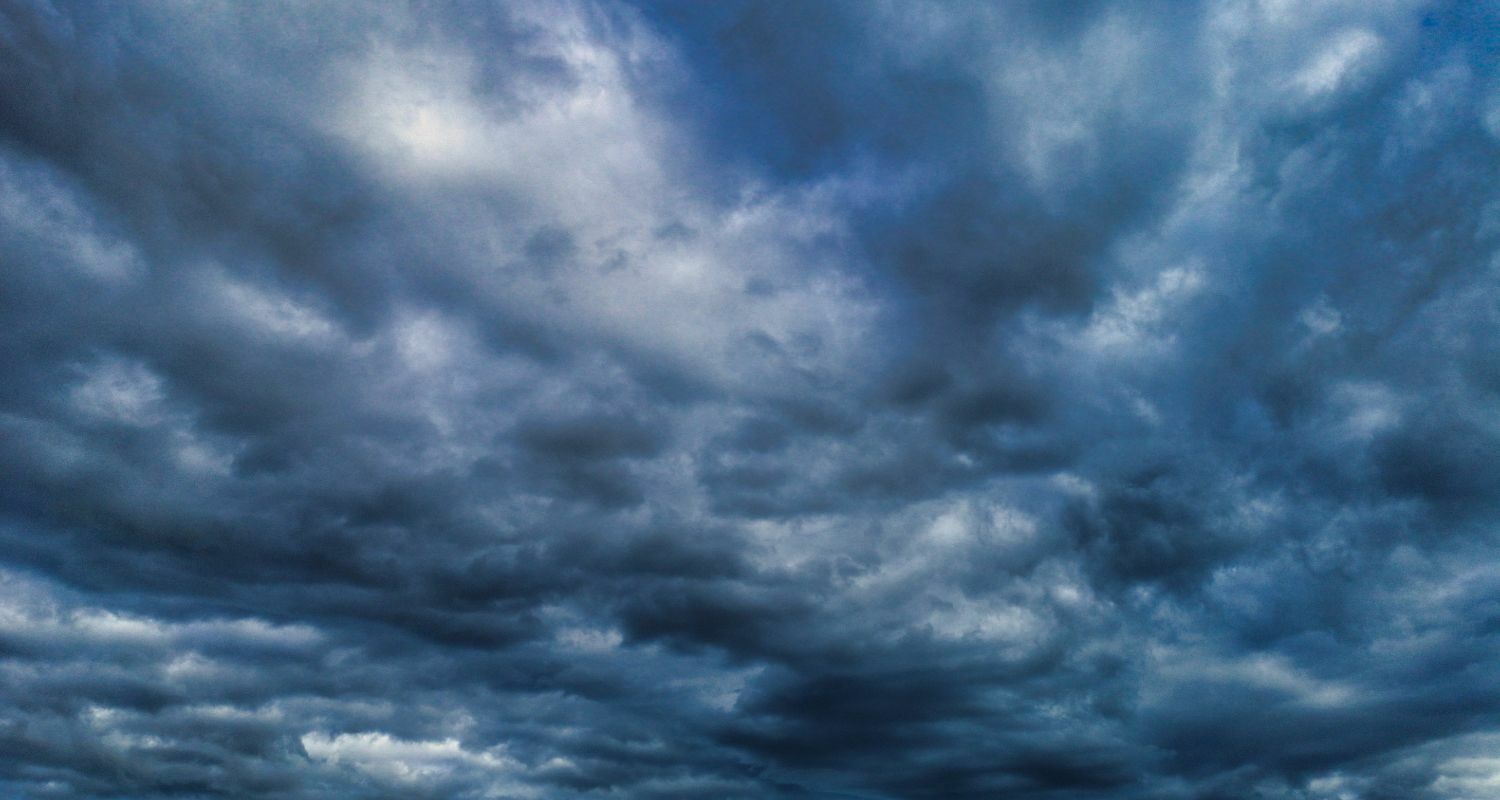Why is it raining so much in Thailand?

From July to October, Thailand enters its annual monsoon season, bringing unpredictable and heavy rainfall across the country. If you’re curious about the factors behind these downpours, keep reading!
The rainy season in Thailand is driven by tropical monsoon systems, which sweep in from the northeast and affect different regions at varying times. Heavy rain is expected to fall on 32 provinces (including Bangkok), transforming dirt roads into muddy paths and temporarily flooding streets.
While the high humidity levels can reach up to 90%, this period offers lush landscapes, cleaner air, and fewer tourists, making it an exceptional time to explore the country’s natural beauty if you don’t mind occasional showers.
Thailand’s climate overview
Thailand has a tropical climate with three main seasons: hot, rainy, and cool. These seasons are heavily influenced by monsoon winds and geographical factors, creating diverse weather patterns across the country. The most substantial impact on rainfall, however, comes from the southwest and northeast monsoon systems.
Rainy season (June to October)
The rainy season results from the southwest monsoon, which brings substantial rainfall and high humidity levels across Thailand. During this time, cities like Bangkok can receive up to 1,600 mm of rain annually, leading to frequent showers, possible flooding, and an increase in waterborne diseases due to standing water. This significant precipitation supports Thailand’s agricultural sector by replenishing water resources and promoting lush vegetation, but it can also disrupt transportation and daily life, particularly in urban areas.
A unique insight is that even though the rainy season is sometimes perceived negatively, it is a vital period for Thailand’s economy, particularly for rice farming, which depends on this substantial rainfall. Flooding, while destructive, also revitalizes the fields and helps distribute nutrients across agricultural lands.

Summer season (March to May)
Typically characterised by high temperatures and less frequent rainfall, the summer season can still experience unpredictable showers, especially as it transitions to the rainy period. This explains why rain can occur unexpectedly, even in the hotter months. For example, in April and May, regions such as Chiang Mai might face sudden thunderstorms, a reminder that Thailand’s weather, while seasonal, can be volatile due to early monsoon influences.
Winter season (November to February)
The cool season generally offers drier, milder weather, particularly in the northern and inland areas where temperatures range from 15°C to 28°C. Yet, coastal and southern regions may still experience residual rainfall from the monsoon. Phuket, for example, receives less rain from December to March, averaging less than 100 mm per month. However, sporadic showers during the cooler months can still occur due to lingering moisture and geographical influences.
Causes of increased rainfall in Thailand
Thailand’s heavy rainfall, even during its transition to winter, can be attributed to several factors, including changing monsoon patterns, geographic influences, and global climate variability.
1. Monsoon patterns
Monsoon patterns are crucial to understanding Thailand’s heavy rains. Changes in monsoon intensity can lead to unpredictable weather. Over the years, climate change has caused average temperatures to rise, which intensifies monsoon rainfall. For instance, between 1970 and 2009, Thailand experienced a 1.04°C increase in average temperatures, contributing to heavier rainfall events during the rainy season.
La Niña conditions have also played a significant role in recent years. A notable example is the 2011 La Niña event, which led to unprecedented flooding in Thailand. La Niña increases sea surface temperatures and evaporation rates, which, in turn, heightens the volume of rain during the rainy season. Even as Thailand transitions to the cooler months, La Niña’s lingering effects can result in extended periods of rain.

2. Geographic Influences
Thailand’s diverse geography plays a significant role in rainfall distribution. Mountainous regions, especially in Northern Thailand, experience what is called orographic lift. This occurs when moist air is forced upwards by the mountains, cools, and condenses into rain. This phenomenon is particularly evident during the monsoon season, when regions like Chiang Mai and Chiang Rai witness heavy rainfall due to their terrain.
Coastal areas, especially along the Andaman Coast and the Gulf of Thailand, also experience high rainfall due to the warm sea surface temperatures, which lead to increased evaporation and moisture in the air. This combination of topographical and coastal influences ensures that Southern Thailand remains drenched with rain well into December, even as other regions start to dry out.
@thethaigerofficial Thailand braces for heavy rainfall and potential flooding #Thailand #ThailandNews ♬ original sound – The Thaiger
Regional rainfall variations in Thailand
Thailand’s geography leads to varied rainfall patterns across its regions:
Northern Thailand
Northern Thailand experiences significant rainfall, primarily from May to August, due to the southwest monsoon bringing moist air from the Indian Ocean. Despite a projected reduction in average annual rainfall by up to 35% by 2030, the region still faces frequent rainstorms during the monsoon season. Moreover, the influence of the Inter-Tropical Convergence Zone (ITCZ) and tropical cyclones ensures that Northern Thailand continues to see bursts of heavy rainfall.
Central Thailand
Central Thailand, including Bangkok, is hit hardest between July and September when the Southwest Monsoon trough passes through the region. The annual rainfall here can reach up to 1,600 mm, and the region is particularly vulnerable to urban flooding. High-pressure air masses from China also play a role in extending the monsoon’s impact, keeping rainfall levels high even as winter approaches.
Southern Thailand
Southern Thailand, particularly the Andaman Coast and the Gulf of Thailand, experiences prolonged wet periods extending from May to December. This region consistently sees high precipitation, supported by the monsoon winds and orographic lift from mountainous areas. As a result, Southern Thailand remains lush and rain-soaked long after the rest of the country dries out.
| Region | Peak Monsoon Months | Annual Rainfall (mm) |
|---|---|---|
| Northern Thailand | May to August | Decreasing by 35% by 2030 |
| Central Thailand (incl. Bangkok) | July to September | Up to 1,600 mm |
| Southern Thailand | May to December | High and consistent |
Impacts of excessive rainfall in Thailand
Excessive rainfall has far-reaching impacts across various sectors, affecting infrastructure, agriculture, and tourism.
Flooding and infrastructure of Thailand
Heavy rainfall leads to regular flooding, especially in low-lying urban areas like Bangkok. This disrupts daily life, causing road closures and transportation delays. Floodwaters damage homes and infrastructure, requiring costly repairs. In addition, power outages are common during heavy storms, further complicating life for residents.
Economic and social effects
Rainfall directly affects Thailand’s agricultural sector. While rain nourishes crops like rice, excessive downpours can lead to crop damage and reduced yields, impacting farmers’ livelihoods. The tourism sector also suffers as fewer travellers visit during the rainy season. Local businesses, particularly those in flood-prone areas, may face closures, affecting employment and income. Socially, heavy rains displace families, and health risks rise from diseases like dengue fever, which thrive in standing water.

Future rainfall trends in Thailand
Looking forward, Thailand’s rainfall patterns are expected to shift due to climate change. Northern Thailand may experience a significant decrease in rainfall, reducing water availability and agricultural productivity. In contrast, Central and Southern Thailand could see more intense and frequent rainfall, increasing the risk of flooding and infrastructure strain.
| Region | Projected Change by 2030 | Impact |
|---|---|---|
| Northern Thailand | -35% annual rainfall | Reduced agricultural productivity, water scarcity |
| Central Thailand | +10% annual rainfall | Increased flooding, infrastructure strain |
| Southern Thailand | Stable/increase in rainfall | Persistent wet conditions, flooding risks |
Final thoughts
Thailand’s heavy rains, particularly during the monsoon season, are driven by complex climate and geographical factors. While challenging for residents and businesses, the monsoon is an essential part of the country’s ecosystem, sustaining its agricultural sectors and lush landscapes. As climate change continues to affect weather patterns, adaptation strategies will be key to managing future rainfall extremes.
What is the duration of the monsoon season in Thailand?
The monsoon season in Thailand lasts from July to October, bringing heavy, unpredictable rainfall. This period nurtures lush landscapes but can disrupt daily life with muddy roads and flooding.
How does the monsoon affect different regions of Thailand?
The monsoon affects regions differently. Northern Thailand gets over 60% of its annual rain, Central Thailand, including Bangkok, experiences intense rain from July to September, and Southern Thailand stays wet from May to December.
What are the main causes of increased rainfall in Thailand?
Increased rainfall is caused by changing monsoon patterns, climate variability, and geographic factors like mountains and coastlines, which intensify rainfall distribution.
What impacts does excessive rainfall have on Thailand?
Excessive rainfall causes flooding, damages infrastructure, disrupts agriculture, and affects tourism. It also raises health risks from waterborne diseases and displaces communities.
How is climate change expected to affect Thailand's rainfall patterns?
Climate change is expected to reduce rainfall in Northern Thailand by 35% by 2030, while Central and Southern Thailand may experience heavier, more frequent rainfall, increasing flood risks.
When is the best time to visit Thailand considering the monsoon season?
The cool season from November to February is ideal for dry weather. However, the monsoon season (July to October) offers fewer tourists and vibrant scenery, though you’ll face more rain.
What adaptation strategies are being implemented to manage heavy rainfall in Thailand?
Thailand is improving water storage, adopting climate-resilient farming, enhancing disaster preparedness, and developing sustainable infrastructure to manage heavy rains and flooding.
Latest Thailand News
Follow The Thaiger on Google News:


























